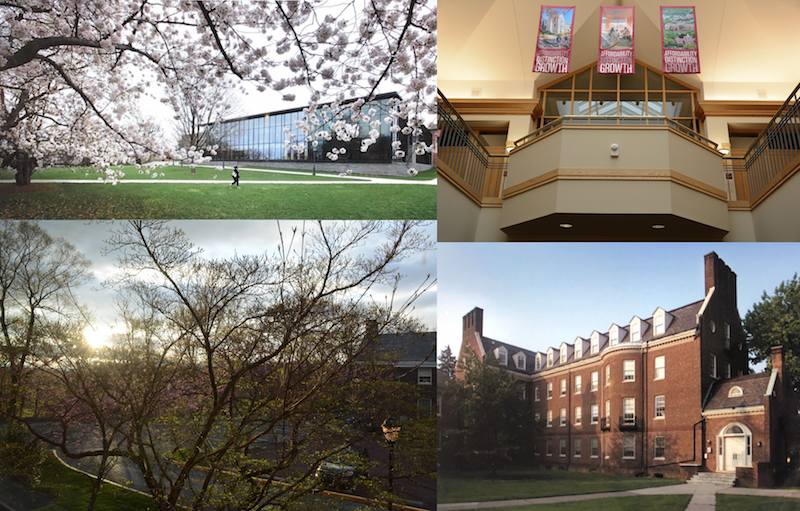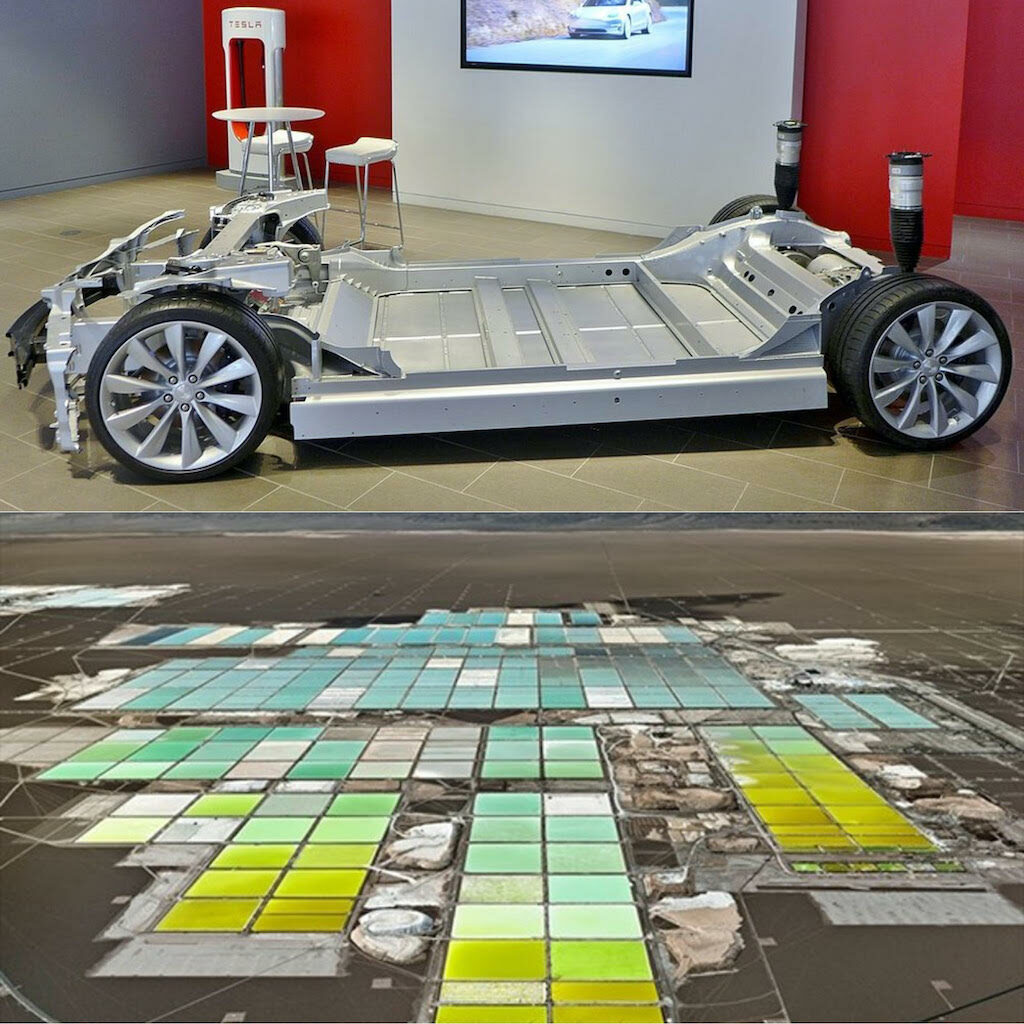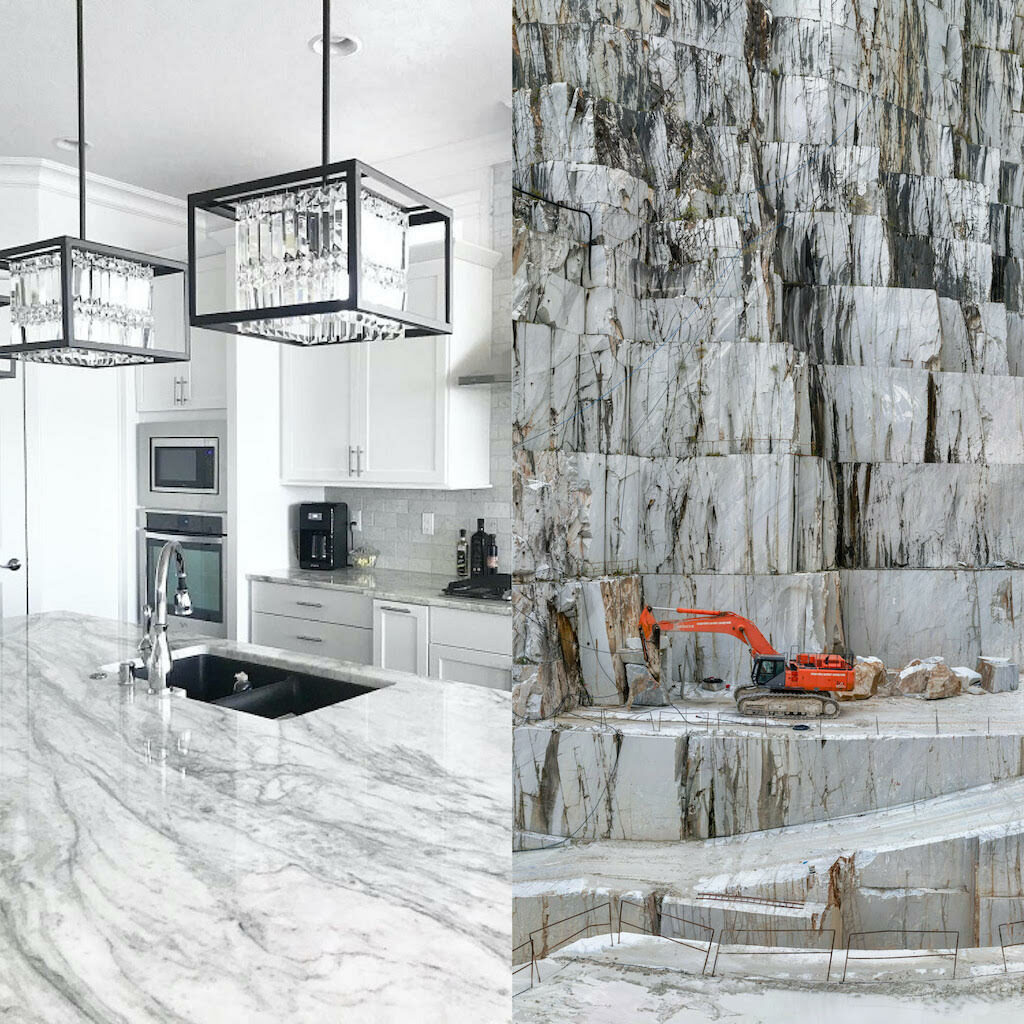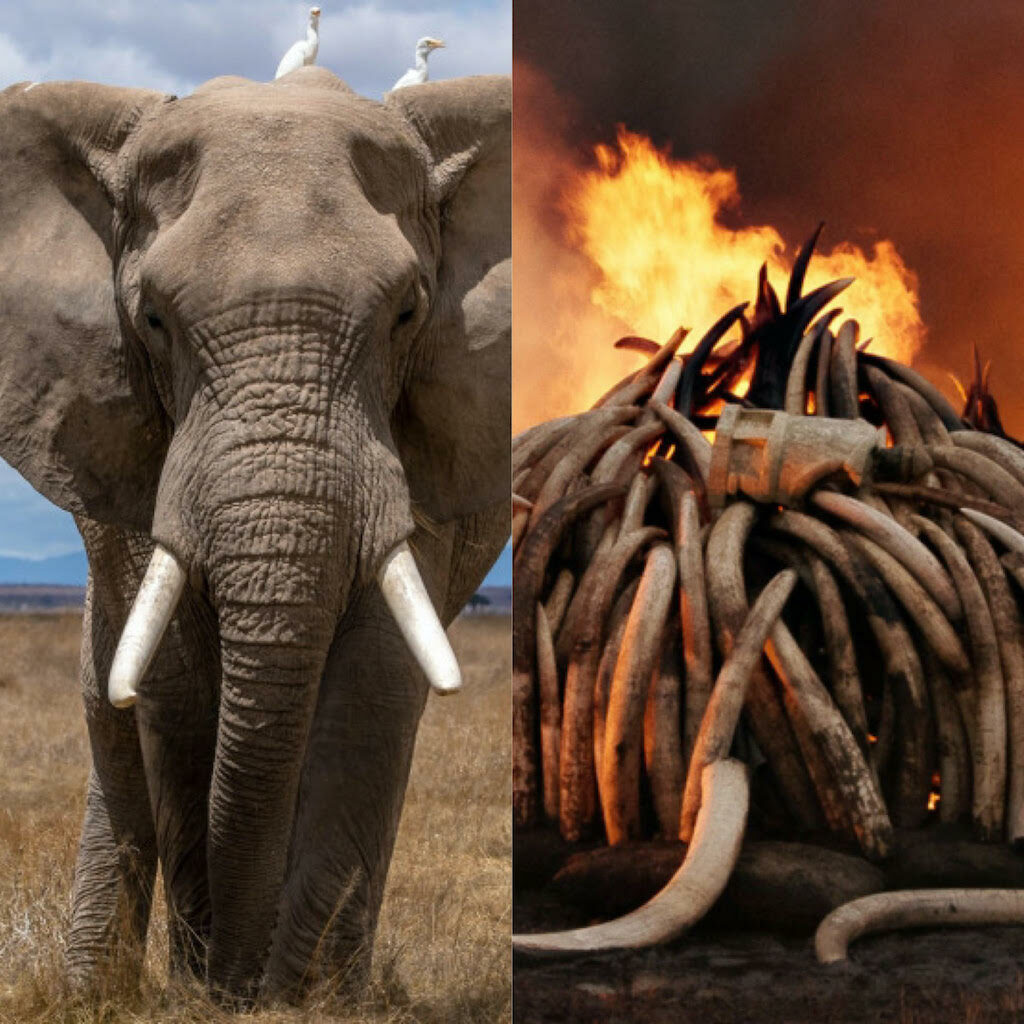Media Theory / Visual Culture
Lafayette College, FAMS 221, Spring 2020
Creative Projects
Flor Caceres
Bajo la misma luna
Reflection
This project was inspired by Mona Hatoum’s Measures of Distance (1988) where she used the superimposition of visuals and audio to convey a message of distance. It displays an intimate relationship between her and her mother, but it also portrays a disconnect that is due to the war that broke out in Lebanon in 1975 where Mona Hatoum was separated from her family.
My short video portrays my experience as an undocumented student who decided to stay at Lafayette College during this health pandemic. I am already physically disconnected to my home country, Guatemala, but given the current circumstances, I am also disconnected from my family residing in Arlington, VA. This specific video focuses on me finding the balance between all my identities – a sister, a daughter, a scholar, and an activist. For this reason, a big theme in my video is “American,” and there is footage displaying an American flag on the background of every visual. It is a status or identity I have constantly questioned of whether or not I wish to be a part of.
I added a background song called, “Luna de Xelajú” which is a very popular marimba song in Guatemala. It is also the song I danced for my quinceañera with my dad and it reminded of the movie, Under the Same Moon, which tells the story of a young boy who crosses the Mexican-American border alone to reunite with his mom. Aside from this, I chose to verbally and visually tell my experience on campus in Spanish through me reading the image of my journal entry talking about the conversation I had with my sister. However, I struggled with whether or not I wanted my conversation with my sister to be in Spanish instead. Yet, I realized there was also a disconnect I wanted to depict which was that my younger sister also struggles with her Latin American roots and it is mainly her older siblings who know more about Guatemala and have had more practice with the Spanish language. I already feel a form of alienation when I speak Spanish at Lafayette, as well as a disconnect from my country, my family, and peers – because I am undocumented immigrant who does not have as much access to mobility as other people on campus.
Huslen Dashpurev
Reflection
The process of completing this “collage” was more about cohesion than anything else. I first looked for photos I could scan which ended up being from the Lafayette website. After I had gotten the scans, I was able to walk around campus and take photos that I thought fit the overall color and feeling of what I wanted to portray. Arranging them around was interesting as the simplest way to do this was by inserting them into a Word document and then placing them on the space. As there was no way to export it as it is, I then took a screenshot to maintain its original quality. It is also important to note that all photos are not the same size or ratio they were originally. Two of the photos were cropped while one was made taller just to fit in the position necessary to keep the rectangular shape of the collage.
In reference to Benjamin’s understanding of “actualization,” these photos being set on campus where everyone is familiar with may play a role in bringing them back. Photos are able to play an interesting role in connecting people to places and feelings. Especially if some are familiar with photos being reproduced, it may remind or recontextualize how they think about what campus looks like and how it makes them feel.
Richard Ffrench
No Title
Reflection
This project was inspired by the notion that film has the luxury of using multiple modes of communication at once to deliver messages. Those modes are visual, aural & possibly linguistic as well. The visual mode is the images we see, the aural mode is the sound we hear, and the linguistic mode is text. I noticed that the documentary often relied on multiple forms at once to relay the messages they intended to share. This was most apparent when I wrote a paper about the documentary and included an image from the film, but the Writing Assistant made a comment about it. She said the image was very beautiful, but she did not understand what was in the image or what it was supposed to signify because she has not seen the film. That feedback inspired my approach for this project. My thought process was, “Is there a way I can add context to the images from the films using just one mode of communication?”. I chose to stick with the visual mode by making diptychs. For context, a diptych is two images combined, often by being placed next to each other, in order to make one image. I wanted to pair relevant images with images from the film, so that the images from the film would have more context at a glance.
Liam Heino
Reflection
For my creative project I chose to recreate Beatriz de la Costa’s Pigeon Blog (2006–2008) using my dogs. One of my favorite things that I do at home is my daily walk with the dogs. We have a trail through the woods behind my house where we are able to let them off leash, and they often stray away and seemingly have their own walk separate from mine. In order to try to find out where my dogs actually go when they run off, I strapped a small fanny pack with my phone in it onto one of my dogs, and recorded his walk using gps. At first I was worried that the fanny pack would bother him, but as soon as we got outside he took off running with his tail wagging so clearly he didn’t mind too much. In order to get a baseline of what the trail looked like I also recorded myself doing the walk. In the end, his route wasn’t too different from mine, but he did run a bit further and kept up a much higher pace. In the future I would like to try to do this with all of my dogs to see how their patterns and paces differ.
Nolan Jacobs
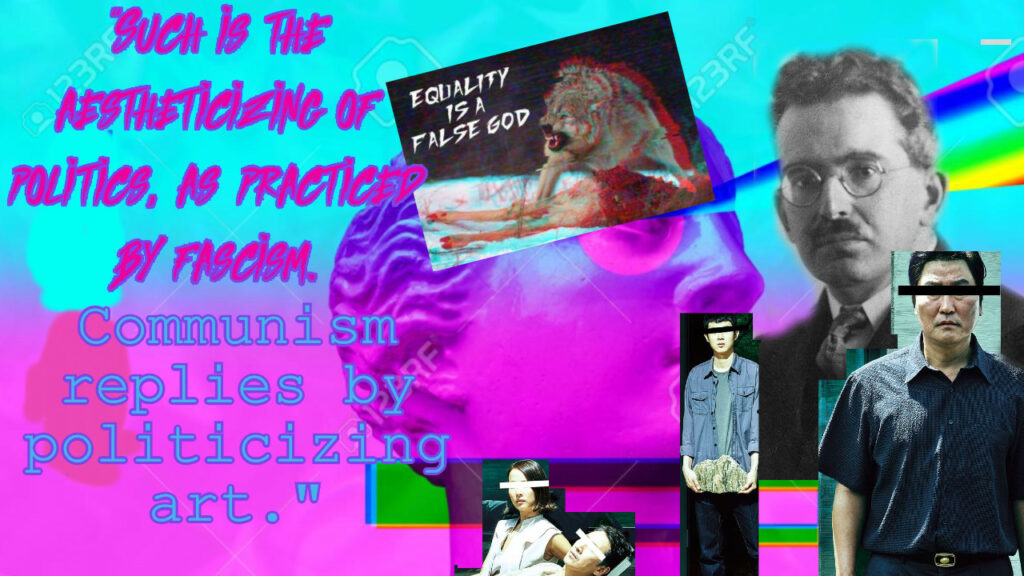
Reflection
I was really inspired by Benjamin’s talk of how fascism utilizes a certain type of aesthetics that can be responded to by more “precisely minded” art. I thought a collage would best capture Benjamin’s explanation of reproduction, where reproduction breaks down the kind of originality which creates the distance between the art and the viewer. Granted, what I am doing is more of a “repurposing” of materials rather than complete reproduction of them.
I was concerned about using actual fascistic art within the collage, but I eventually decided to do it anyway. I found a piece that glorifies violence and “survival of the fittest”, comparable to Benjamin’s description of the fascist aesthetic of war. The piece I used had the same, contemporary “vaporwave” aesthetic as my collage. I felt this worked well as a sort of “beat fascism at its own game” sentiment. I used promotional material from the film Parasite as the “Communist” counter part to the fascist material. I thought this was a good choice for multiple reasons. For one, it is a very popular film, meaning it is a film that is close to the masses. It resonates with the working class and their struggles and is not surreal or difficult to understand; it doesn’t create distance. The film is also quite literally about the property relations which Benjamin says fascist aesthetics attempt to distract the proletarianized masses from. Finally, Benjamin himself is the largest part of the image, which will hopefully communicate that the featured quote is from him.
Erik Mathews
Reflection
I really enjoyed this creative project! I started with an idea to write a short story and was happy with how my idea shifted over to a video. At first, I had a very long plot revolving around the EridiomEyes and a protagonist that worked to free people from their visual prisons. Following a brief email chain with Professor Johannssen, I realized that this idea, although revolving around sight, didn’t actually have any visual aspect! I then started thinking about how I could use the film production skills I learned at Lafayette to tell my story. Using Adobe Premiere, Photoshop, and After Effects, I ended up creating more of a background explanation to my original idea. However, this actually worked out for the best.
The video took me a very long time to complete. I first recorded myself speaking the script I had written out. My original script was about twice as long before I realized that it 1) made my video way longer than 3-5 minutes and 2) was going to take me forever to finish. Every other shot, that didn’t have my face in it, I took off the internet. However, I didn’t stop there. About 90% of these video clips or photos I then put into either Photoshop or After Effects to tweak with purpose. With this, I kind of just jumped headfirst into these programs. We have never used Photoshop in class, and only spent a few lessons on After Effects. However, this was an amazing learning experience for me because I really had to be hands-on and creative in order to get a final product I was happy with. I now consider myself much more highly trained in all three programs!
Finally, taking my written story and making it into a video allowed me to really select a lot of class material to cover. I concentrated mainly on WJT Mitchell’s “What is an Image.” I concentrated mostly on his idea of the conscious mind revolving around the power to view images. With this, I also tried to tie in themes of the Anthropocene, through the imitations of nature, and archives, as this in a way is an archive about Isaac Eridiom. I even tried to imitate media archaeology, using “past technology and media” (present technology and media) to explore the fictitious present of my story (the future). Overall, I loved this project and it was perfect for this quarantine!
Kaitlin McNamara
In-scapism
Reflection
For many of us, our living rooms, kitchens, and sometimes even bedrooms have transformed into workspaces, or places of expectation, during this quarantine time. We have been expected to continue our productivity in spaces we have conditioned ourselves to associate with relaxation or domestic duties. I even find myself doing laundry or dishes as a form of escapism from the more mentally challenging schoolwork. The only space that seems to be unaffected by this shift is the bathroom, and it has become a quasi-symbol for “in-scapism” or escaping inwards.
In this film, I portray the bathroom, specifically the shower, as a heterotopia of crisis. As it exists a space outside of responsibility and expectation as well as a space where you are expected not to be disturbed.
I include a piece of poetry that I have written for this, that shares the same title as the film itself:
In-scapism
Here you are allowed to
be clean
or dirty
or halfway in between,
here you are expected to
close your eyes.
Submit to soap and tile
and stay here for a while,
don’t forget to pull yourself,
and your hair,
out of the drain.
In this short film I have tried to lean into the repetitive and often comforting sounds of the shower that tend to lead one to contemplation and using that to explore angles of the space that are not usually explored.
However, at times the sounds of the shower are more jarring than comforting to reflect that which is trying to be escaped, showing that you can’t really escape the outside world.
I also choose to include hands only twice in this film, to open and close the door that leads us into this space, showing how the extent of “my” or the subject’s autonomy is reserved to the ability to enter or exit this space. During that in-between, this space relieves the burden of expectation, if only for a short period of time. While existing in a suspended reality can be helpful to reliving mental stresses, one cannot exist in this space forever, shown by how the subject returns to the outside world at the end of the film, but hopefully returning a little lighter (and cleaner) than when he/she/they entered.
Sang-Hee Park
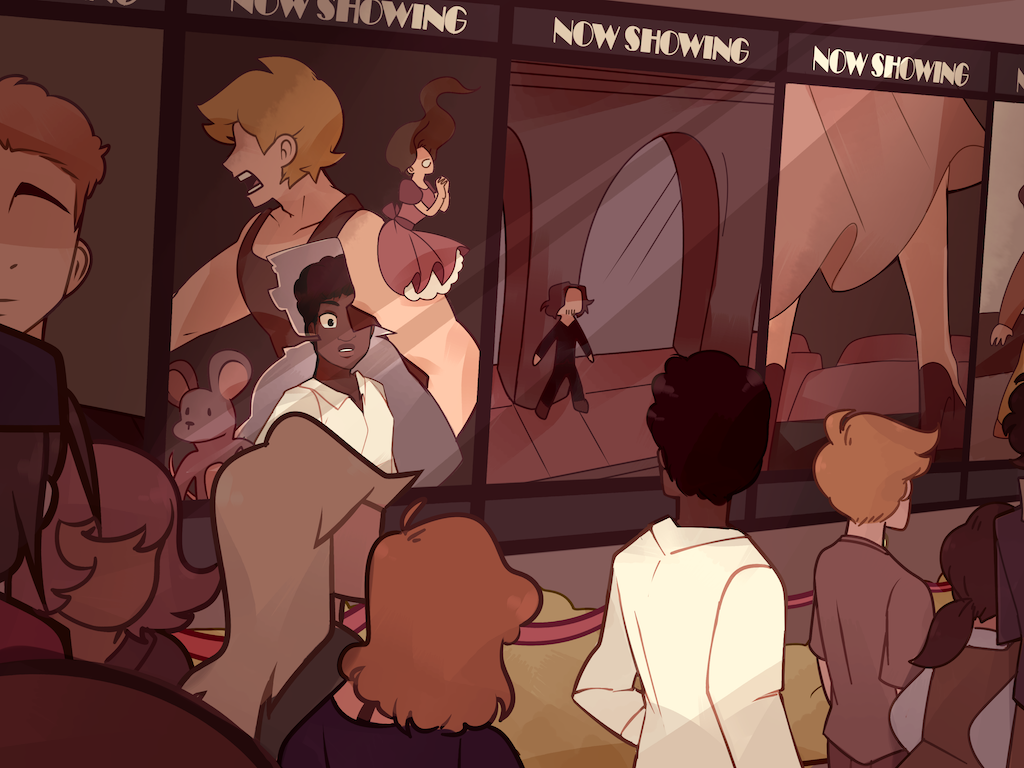
I cannot go to a film without seeing myself. I wait for me. In the interval, just before the film starts, I wait for me. The people in the theater are watching me, examining me, waiting for me.
– Frantz Fanon, Black Skin White Masks
Reflection
I wanted the piece to be incredibly intimate to match the source quote, so I knew it would primarily focus on a single person’s experiences. While the person in question is not portrayed in the theater directly, I believed the movie poster setup would be another way of illustrating the disparity between racial representation in Hollywood. Every poster features a white hero, and the one featuring a black character has them play a smaller role. A similar comparison would not be possible if a single movie were played.
However, this is not to blindly praise any kind of representation as something to celebrate. The art also depicts the terrifying feeling of you carrying the weight of said representation while white people, privileged in excess, can easily see themselves in media without the stigma and stereotypes attached. Therefore, his expression is one that is a mixed of conflicted emotions—the surprise of seeing a character look like you and the fear of this character determining people’s judgment of you. The black character is entirely replaced with a mirror reflecting the moviegoer and him alone. He is the only one concerned about the repercussions, because everyone else, the white majority, are not familiar with the concept whatsoever. Not only is the mood intimate, it also feels like a horrible secret only you can experience.
Evan Poe
The Intruder (PDF)
Reflection
Going into this class, I knew I wanted to work with something regarding horror imagery. While there were several routes to use this avenue, particularly with the recent reading of A Cyborg Manifesto, the avenue that I thought suited my style and vision best was Kant’s depiction of the beautiful and the sublime. Having done previous research into the idea of the Uncanny, I felt a familiarity to its description.
Kant describes the sublime as imagery that brings a sense of uneasiness, such as approaching storm clouds. For my project, which I have titled “The Intruder”, I focused on this idea as it manifests into a physical being. Originally the idea was to have the intruder be a sleep paralysis demon, with the nameless figure being a sense of uneasiness. Yet I felt that that wasn’t enough, so I added the element of the sinister reflection. No real damage happens to the narrator for a reason, but he is constantly seeing these figures and feeling this sensation to provide a sense of discomfort.
To reflect this uneasiness in the writing, I chose to black out sections of the writing to remove information and to provide uneasiness to the reader. The sections that the reader is unable to read are to provide this feeling through lack of information. The narrator’s suffering is unclear, and the runes are to provide a similar feeling of discomfort through unfamiliarity.
I should say for a little bit of fun that the runes aren’t just a random jumbling of letters… But it’s more fun if I don’t tell you what it means.
Katie Riley
Catastrophe in Disguise
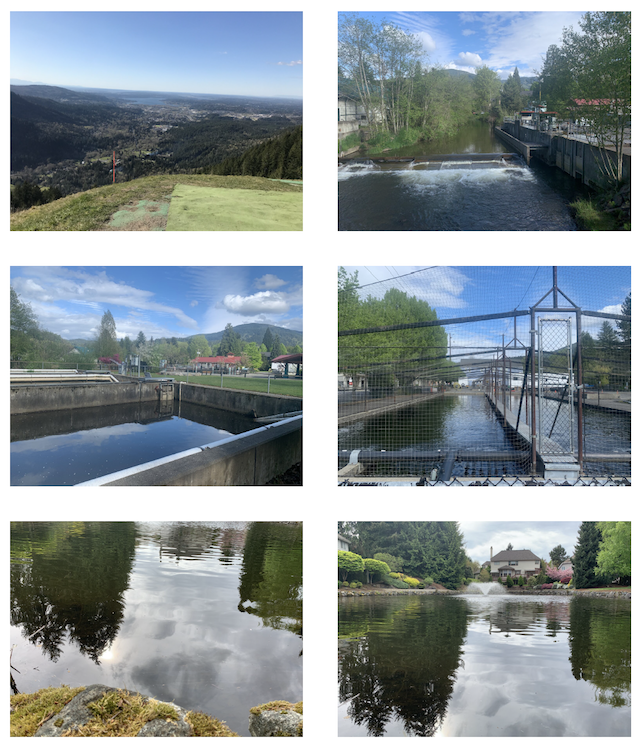
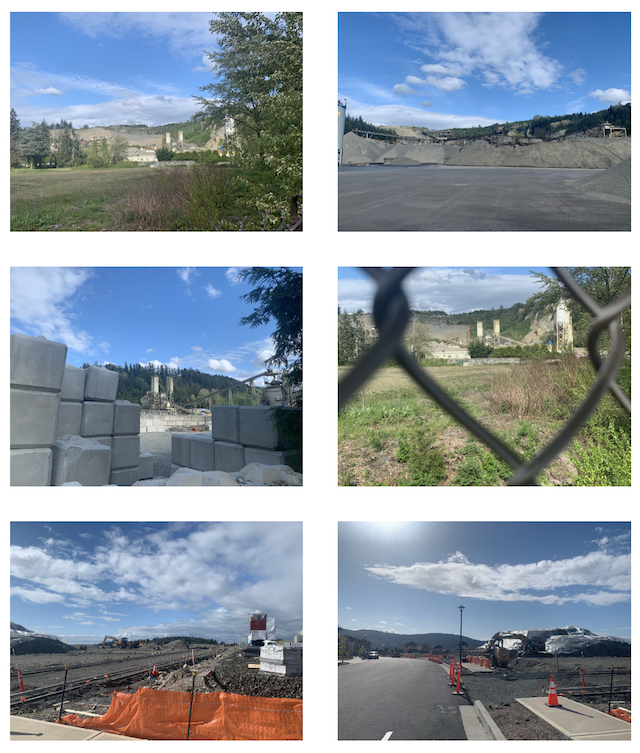
Reflection
In my creative project, I sought to re-design the conflicting beauty of the Anthropocene as represented in the documentary Anthropocene: A Human Epoch through a collection of photographs from around my hometown- Issaquah, Washington. As I briefly mention in my project proposal, nature plays a huge role in my life at home as I am surrounded by gorgeous rivers, lakes, mountains and hiking trails. Among such scenes, however, the Anthropocene is present, as human activity manipulates natural resources to create a new, artificial world. Given this, I wanted to represent how the catastrophic scenes of the Anthropocene disguise themselves within the natural world of Issaquah, contributing to the town’s beauty despite the destructiveness of human activity.
I took photos of different scenes within Issaquah, including an overhead shot of the town from the top of a mountain, along with images of a salmon hatchery, man-made pond, gravel mine, and construction site. On my website, I display these photographs in a way that makes such catastrophes of the Anthropocene more and more recognizable as one scrolls down. I purposefully began with the overhead image of Issaquah to not only establish the setting of my collection, but to initiate how the Anthropocene disguises itself within the town’s landscape. The images of the salmon hatchery and pond initially look as if they belong to the natural world, yet as they are deconstructed, represent human’s artificial recreation of it. The gravel mine is the most striking example of the Anthropocene’s presence among the natural landscape, as the appearance of the hill side is entirely modified by industrial machinery through, from a distance, such modification is not completely obvious. I end with the construction site and an image of wrapped materials which appear almost as a continuation of the rolling mountain behind it. Overall, I thoroughly enjoyed gathering these photos of my hometown and bringing to light the beautiful, yet catastrophic presence of the Anthropocene as it disguises itself within Issaquah’s natural beauty.
Danielle Sanchez
Reflection
The Anthropocene has been the most fascinating topic discussed in class so far, and it immediately became my selection for this creative project. I am also taking Geology this semester, and I was able to synthesize what I’ve learned in both classes to deeply analyze the concept of the Anthropocene. I wanted to make an animated film since that is the medium I most enjoy, but I struggled immensely with this since I do not have the money to purchase editing software, and I did not have sufficient time to learn Lightworks, which was the free software I was able to download.
The idea of an ‘Age of Humans’ is driven by the impact that humans have on the Earth. How the Earth is depicted, appreciated, and abused is dictated by humans, specifically man, and the concept of the representation of Earth is related to the world picture. Humans not only dominate the Earth’s geological composition; they also control how the Earth looks as well. Therefore, humans control the representation of the Earth: the world picture.
There is a double standard regarding the depiction of the Earth. The dandelion, a much-hated weed that is beneficial to us, growing in a lawn is not considered worthy of being in the world picture, and therefore is removed from it; it is not a threat. When the flowers are picked by a little boy, however, they are praised and posted online. They are worthy of being a part of the world picture because they serve a purpose to humans, and possess a memory that must be documented. The dandelions are put in a plastic water bottle, the very plastic that makes up the ground we walk on. Why is having them wither and die in the vase better than watching them thrive outside?
Erin Scott
Reflection
I chose John Bergers Ways of Seeing essay because I found it an extremely engaging lecture and discussion when we read it for class. The quote “men act and women appear” took a while for me to understand but I found it extremely true. Often times, women are props and I found this to be true especially on social media. Famous men such as Dan Bilzerian use women as props in the back of photos to gain attention. I wanted to use Pop-star Ariana Grande as an example because she does face backlash for being provocative for someone with a younger audience. However, I believe she uses female empowerment to show the younger generations of females to be lead roles and confident. In her 7 rings music video, she is seen as strong, confident, and dominant. This reimagines John Berger’s stance that women just “appear”.
Otis Thrasher
Reflection
The Codex Seraphinianus is a very unusual book. My creative project was to further explain some aspects of the book but also be able to manipulate the pictures in a way. That’s why I chose to use Adobe Aftereffect to create a video. The main questions I had to ask myself is how will I make it interesting to look at? How will I convey the most important material without losing attention of viewers? I wanted viewers to be visually attentive. I decided not to use a voice over for that reason. I felt that people are most attentive visually when you are reading text. I also decided to use some time warping soundtrack which reminded me of a space movie I watched Interstellar. I also wanted the work to have a rhythm to it so I match cuts and animations with the soundtrack. This would help with it being fluid. I learned while creating the video that some of the animations I created also caused Afterimage. I also didn’t want to make the project too text driven so I made sure I had images on the majority of the slides. I learned more things about the Codex Seraphinianus second time running through the picture and just other sources.
Max Weiler
Reflection
In this film, I attempted to capture the core qualities of Plato’s Allegory of the Cave. Due to limitations of where I could go, I had to film it within my home and use items that were available there. My main goal was to portray the two main acts of the essay, the cave and the emergence outside. I decided that due to time limitations I wasn’t able to film a return to the cave, so I instead attempted to create a film that captures the perspective a resident of the cave might have. I also wanted to create a project that not only reflected the work I was transforming, but also relevant to what is going on with feelings brought by isolation and coronavirus.
To accomplish this I wanted to disorient and capture the viewer’s attention while they were in the ‘cave’ as much as possible so that going into the outside would seem foreign. I recorded my own audio with the goal of creating an aspect of the cave’s echo effect that Plato mentioned through both the audio quality and composition. Vocal audio did not create the disorienting effect I was looking for, so I opted for a combination of cello, violin, trumpet, and gong.
To show the inside of the cave, I hung a bed sheet from a ceiling as a puppet screen and shined a flashlight from behind it to make a sun-like shape on the screen. I wanted to begin the film with a sun and end it with a sun to reflect the audio’s echo. The ‘cave’ was shot by duct taping a selfie stick to the ceiling and hanging my phone from it so that the shackled to a wall effect is more salient.
The transition from inside the cave to outside was the hardest to portray, but was also my favorite part to create. I wanted to really confuse the viewer so that the flash into outside seemed really disorienting. I wanted to portray Hermes releasing the camera from its shackles, but that proved difficult for my basement’s limitations, so I settled for the odd penguin-god figure.
To portray the outside of the cave, I shot a free moving pov shot to conflict with the previous shot that was strictly stuck in place. To add to the dissonance of inside/outside I changed the audio from my own composition to non-copyrighted nature sounds. I also tried to show the camera’s affinity for shadows by oversaturating the film when the camera was brought into brighter light and changed to focus so that it goes in and out. I wanted to show a sped up version of the transition to outside, adjusting from shadow to light and eventually seeing the sun.
Louis Wingfield
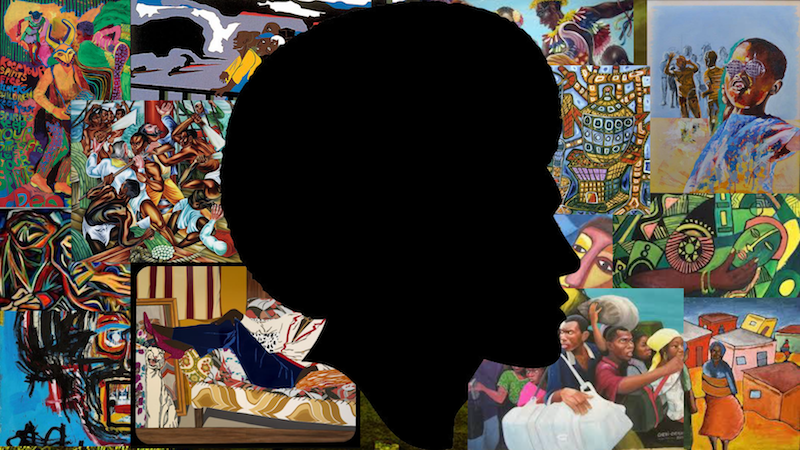
Reflection
For my creative project, I wanted to illustrate double consciousness from the Black American perspective. I decided to do that through creative a divide between African artworks (Kenya, South African, Senegal, etc.) and African American artworks. I originally wanted to signify these two coming together but decided against it due to the current climate within the diaspora, which divides us on culture as well as politics. Though it is not seen, I placed the background as a road with a fork in it, as it seems to me that double consciousness is moreso chasing these two aspects as they drift further and further apart. I chose art especially because a lot of conflict takes place within the Black aesthetic and what constitutes art as such. The plight of the Black American is that they can not trace back as concretely and must generalize their Africaness. That is why I chose a variety of African art. One cannot simply go to Kenya and call it home. The constant “limbo” of the Black American holds them hostage in a country that is built on their backs and erased their history, making it harder to go back to a continent who most likely aided in that process.
